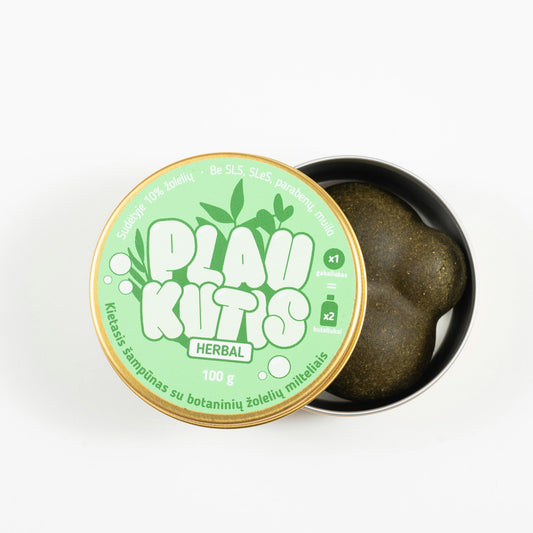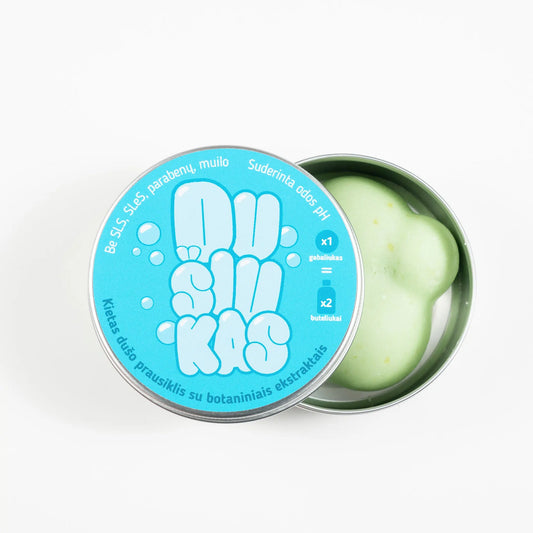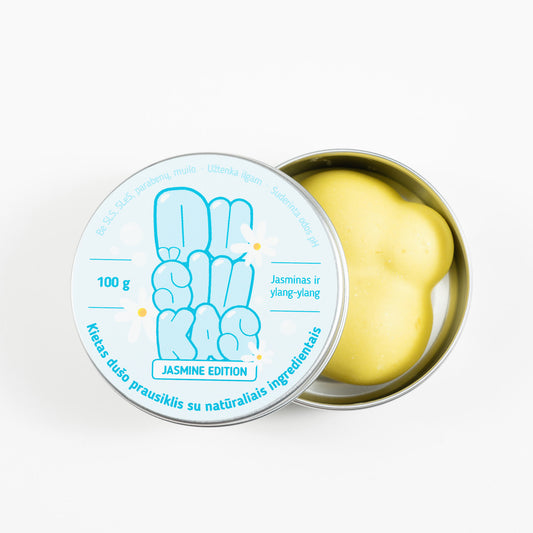Melanin imbalances can significantly change hair color, causing it to darken (hyperpigmentation) or lighten (hypopigmentation). These changes are often related to genetics, environmental factors, or medical conditions. In this article, we will discuss in detail how melanin imbalances affect hair color, examine conditions such as hyperpigmentation and hypopigmentation, and share interesting facts and tips on how to manage these changes.
What is melanin imbalance?

Melanin is the natural pigment that gives your hair its color. It is produced by cells called melanocytes , which are found in hair follicles. There are two types of melanin: eumelanin , which gives darker shades such as black and brown, and pheomelanin , which is responsible for lighter shades such as red and yellow. Your natural hair color depends on the balance of these two types of melanin. But what happens when melanin production is disrupted?
When melanocytes produce too much melanin, it is called hyperpigmentation , which causes hair to become darker than normal. Conversely, when melanin production is reduced, hypopigmentation occurs, which causes hair to become lighter, with white patches or gray hair appearing. These imbalances can be caused by a variety of factors, including genetics, environmental exposures, and health conditions.
- Did you know? Melanin not only determines hair color, but it also protects against the sun's ultraviolet (UV) rays. Darker hair can absorb more UV rays than lighter hair, providing natural sun protection.

Hyperpigmentation and its effect on hair color
What causes hyperpigmentation?
Hyperpigmentation in the hair occurs when melanin production becomes too active, causing the hair to become unusually dark. This condition can be genetic or caused by environmental factors, such as excessive exposure to sunlight, which stimulates melanocyte activity. Sometimes, medical conditions, such as melanocyte hyperplasia — a disorder in which the number of melanocyte cells increases — can cause dark patches or streaks in the hair.
- Genetic causes : Hyperpigmentation is often inherited. For example, people with certain genetic traits may have hair that appears darker than normal for their ethnic group or natural hair color.
- Environmental causes : Prolonged exposure to UV rays can increase melanin production, causing hair to darken over time.
- Cultural fact : In some parts of Africa, especially among nomadic tribes like the Fulani , darker hair is valued as additional protection from the intense sun. Hair pigmentation is considered not only a standard of beauty, but also a protective trait.

Health conditions that affect melanin production
One of the main conditions associated with hyperpigmentation in hair is melanocyte hyperplasia . This disorder is characterized by an excessive concentration of melanocytes in the skin and hair follicles, causing the hair to darken significantly in certain areas.
- Case study : A 2019 study published in the Journal of Dermatological Science found that people with melanocyte hyperplasia may have areas of black hair on a background of lighter hair due to an abnormal concentration of melanocytes in certain areas.
Other factors, such as hormonal changes during pregnancy or taking certain medications, can also increase melanin production, causing hair to darken.
- Fun fact : Hormonal fluctuations during pregnancy often cause changes in hair color or texture. Some women experience darker, thicker hair as a temporary side effect of increased melanin production.
Environmental and lifestyle factors
Sun exposure is not the only environmental factor that causes hyperpigmentation. Air pollution , smoking, and stress can also affect melanocyte activity. For example, people who live in cities with high levels of pollution may notice their hair becoming darker due to the effects of toxins on the skin and hair.
- Interesting fact : Studies have shown that people exposed to high levels of pollution have 15-20% higher melanin production in their hair follicles than those who live in cleaner environments.

Hypopigmentation: Conditions That Cause Lighter Hair
What is hypopigmentation?
Hypopigmentation occurs when melanin production is reduced. This can cause lighter hair or white patches and is often associated with conditions such as albinism , vitiligo , and poliosis . Unlike hyperpigmentation, hypopigmentation often results in marked differences in hair color, especially in dark-haired people.
- Fun fact : Albinism, a condition in which melanin production is severely limited, affects about 1 in 17,000 people worldwide. In some African cultures, people with albinism were considered unusual, sometimes viewed with respect or fear, believing they had spiritual powers due to their unique appearance.

Causes of hypopigmentation
- Albinism : This genetic disorder affects the body's ability to produce melanin, which causes hair to turn very light or white. Albinism also affects the skin and eyes, making people with the condition more sensitive to sunlight.
- Vitiligo : Vitiligo is an autoimmune disease that causes the loss of pigmentation in the skin and hair. It can create striking contrasts, such as patches of white hair against a background of dark hair.
- Poliosis : Poliosis causes localized areas of hypopigmentation, resulting in white or gray hair strands. It is often seen in people with vitiligo or other genetic syndromes.
- Cultural fact : In some Asian countries, especially Japan and Korea, people with polio are sometimes considered to have special creative powers. White hair strands are considered a sign of being "otherworldly" or a sign of special talents.

Poliosis and premature graying
While some people develop white hair (poliosis) due to genetics or medical conditions, others may notice premature graying. Graying occurs when melanin production naturally decreases over time. However, for some people, this process begins much earlier due to genetics or lifestyle factors such as stress or smoking.
- Fun fact : According to a 2017 study published in Nature Communications , about 14% of the world's population experiences premature graying by the age of 30. Factors like genetics and high stress levels contribute to this process, and smokers have a 2.5 times higher risk of premature graying than non-smokers.
Genetics of melanin imbalance
Whether you are affected by hyperpigmentation or hypopigmentation depends largely on your genes. Specific genes, such as MC1R , regulate melanin production in hair follicles. Mutations in these genes can cause significant differences in melanin production, resulting in either excessive or decreased levels of pigmentation.
- Interesting insight : In some Mediterranean populations, where dark hair is more common, mutations in the OCA2 gene , which is involved in melanin production, can lead to rare cases of blonde or even white hair. Such genetic exceptions often stand out in communities where dark hair is prevalent.
Some people are genetically predisposed to experience poliosis or other types of hypopigmentation. For example, certain ethnic groups are more likely to have genetic mutations that cause hair to become lighter in some areas, even if the rest of the hair remains dark.

Fun facts and myths about melanin and hair color
Let's dispel some myths and share interesting facts about melanin imbalances in hair color:
- Myth 1 : Stress turns your hair gray overnight.
- Truth : While stress can contribute to premature graying, it doesn't happen overnight. Graying is a gradual process, usually caused by genetics and the loss of melanin over time.
- Myth 2 : White hair strands (poliosis) only occur in older people.
- Truth : Polio can affect people of any age and often occurs in children or young adults, especially due to genetic or autoimmune disorders.
- Fun fact : In some parts of India, people with unusually dark hair are sometimes believed to have a "protective blessing" against the hot sun, as their hair absorbs more UV rays, protecting against burns and skin damage.
- Fun fact : A 2020 study from Harvard University found that people with higher levels of eumelanin in their hair experience slower signs of aging, including graying, compared to those with higher levels of pheomelanin, which is associated with red or blonde hair.
- Myth 3 : Plucking out a gray hair will cause more gray hair to appear.
- Truth : Plucking out a gray hair will prevent more gray hair from growing back, but it can damage the hair follicle, which can lead to permanent hair loss in that area.

Practical tips for managing melanin imbalances
If your hair is affected by melanin imbalance, here are some tips to manage the appearance and health of your hair:
- Protect your hair from the sun : UV rays can damage melanocytes and accelerate hair aging, which can cause hair to lighten or turn gray more quickly. Use hats or hair products with UV protection when outdoors.
- Eat nutritious foods : Vitamins like B12 , folic acid , and iron are essential for maintaining healthy melanin production. Include leafy greens, nuts, and lean proteins in your diet to support hair health.
- Avoid aggressive chemical treatments : Frequent hair coloring or bleaching can damage melanocytes and disrupt melanin production, which can lead to uneven hair color or increased graying.
- Manage stress : Chronic stress can disrupt melanocyte function and contribute to premature graying or changes in hair pigmentation. Consider stress-reduction techniques such as yoga, meditation, or regular exercise to support hair health.

FAQs about melanin imbalances and hair color
Q: Can melanin imbalance be reversed?
- A: Melanin imbalances caused by temporary factors such as stress or diet may improve over time, but genetic or autoimmune conditions such as albinism and vitiligo are usually permanent.
Q: Is gray hair always a sign of aging?
- A: No. While graying is most commonly associated with aging, many people experience premature graying in their 20s and 30s due to genetics, stress, or health conditions.
Q: Is it possible to increase melanin production in hair?
- A: There is no guaranteed way to significantly increase melanin production. However, a healthy diet and lifestyle can support overall hair health and slow down the graying process.
Q: Can hyperpigmentation affect more than just scalp hair?
- A: Yes, hyperpigmentation can affect body hair, eyebrows, and even facial hair, causing darker areas than normal.
Q: Can polio go away on its own?
- A: Poliosis is usually permanent, although in some cases it may become less noticeable over time. However, medical conditions that affect melanin production can also worsen poliosis.

Conclusion: The effect of melanin imbalance on hair color
Melanin imbalances, whether due to genetics, environmental factors, or medical conditions, play a major role in determining hair color. Whether your hair is darkening due to hyperpigmentation or lightening due to hypopigmentation, understanding the causes of these changes can help you better manage your hair's health and appearance. By properly caring for your hair, you can maintain its health and embrace its unique color variation.













